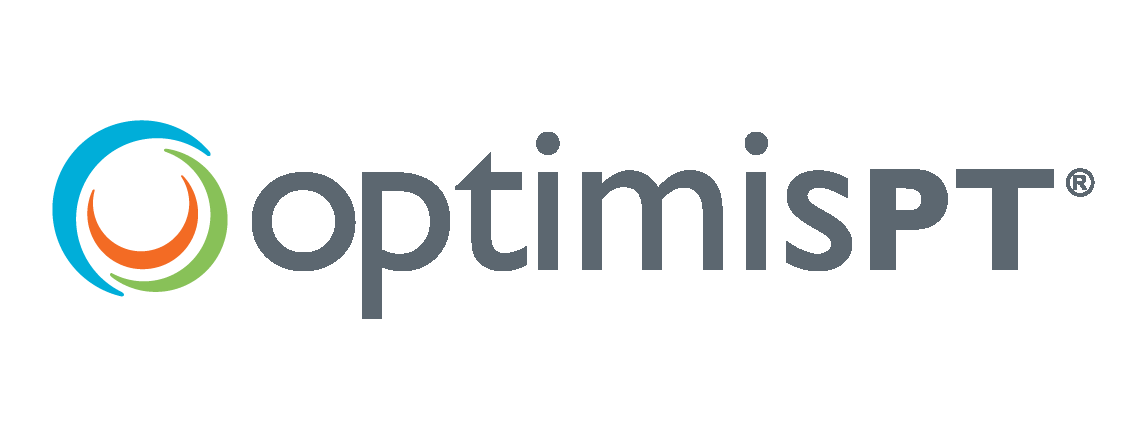How to Ensure Documentation Compliance During PT & OT Audits: Best Practices for Documenting Therapeutic Activities and Neuromuscular Reeducation
Failing to provide adequate documentation to support billing for Therapeutic Activities and Neuromuscular Reeducation is a common issue in Medicare audits. Medicare and Managed Care providers are increasingly scrutinizing billing and documentation for specific CPT codes to avoid billing errors. Documentation Compliance is essential to avoid negative audit findings.
To ensure compliance, rehab providers must keep track of utilization of codes such as 97530 (Therapeutic Activities) and 97112 (Neuromuscular Reeducation), which are the focus of some Medicare administrative contractors (MACs) under Targeted Probe and Educate (TPE).
In this article, we will cover the necessary details for billing 97530 (Therapeutic Activities) and 97112 (Neuromuscular Reeducation) to help you pass an audit without any denials.
Therapeutic Activities – 97530
This procedure involves using functional activities (e.g., bending, lifting, carrying, reaching, catching and overhead activities) to improve functional performance.
The activities are usually directed at a loss or restriction of mobility, strength, balance or coordination.
Examples of incorrectly documented activities include:
- Step ups 3×10
- Side step ups 3×10
- Squats with 20# kettlebell 3×15
- Overhead lift with 20# kettlebell 3×8
These actions only support therapeutic exercise (97110) but not therapeutic activities (97530). Therapeutic activities should be described as functional tasks, such as throwing a ball, pushing a cart, or cooking. A good way to remember this is use of “ing” to describe each activity within therapeutic activities.
For instance, the activity of squatting with an overhead lift using a 20# kettlebell to simulate good posture and form for picking up a 20# grandchild, 3×8, supports billing for 97530 instead of 97110.
When documenting therapeutic activities, be sure to identify your intent, such as improving sit to stand transfers, and the complexity of the activity. Therapeutic exercise is a lower complexity activity, while neuromuscular reeducation and therapeutic activities are higher complexity and require sufficient documentation.
Neuromuscular Reeducation – 97112
Neuromuscular Reeducation is one of the most frequently misused codes in outpatient rehabilitation. This code covers reeducation of movement, balance, coordination, kinesthetic sense, posture, and proprioception for sitting and standing activities.
A common reason for denial in an audit is failing to establish the need for Neuromuscular Reeducation during the initial evaluation. Neuromuscular Reeducation is used to address issues such as:
- Poor motor control and sequencing
- Decreased balance and stability
- Lack of coordination
- Difficulty recruiting muscle with motion
- Impaired timing of muscle recruitment
- Nerve palsy resulting in muscle weakness or flaccidity
- Posture and proprioception in sitting and standing
To bill for 97112, your initial evaluation should identify at least one of these issues and include objective measures and observation to support it.
Acceptable documentation for Neuromuscular Reeducation (97112) may include:
• Proprioceptive Neuromuscular Facilitation (PNF)
• Feldenkrais
• Bobath (NDT)
• BAPS (for balance, position sense and motor control; not for ROM and strengthening)
• Clinical Test for Sensory Interaction in Balance (CTSIB)
• Balance Tests (including but not limited to):
-Berg Balance Test
-Timed Up and Go Test (TUG)
-Romberg’s Test
-Functional Reach
• Developmental motor learning and sequencing tasks
• Spatial awareness
• Kinesthetic sense
• Postural training
• Stabilization programs
• Desensitization
• Development of Gross Motor Coordination
• Development of Fine Motor Coordination
It is important to keep in mind that appropriate documentation should include the techniques used, the patient’s progress, and the goals for each session. The purpose of neuromuscular reeducation is to improve the patient’s movement, balance, coordination, kinesthetic sense, posture, and/or proprioception. Hence, the documentation should reflect the intent as well as the improvement in these areas.
In conclusion, to avoid denials in a Physical Therapy (PT) & Occupational Therapy (OT) audit, it is important to document the intent of your treatment to support a higher complexity code, the techniques used, and the patient’s progress. Proper documentation is crucial in ensuring that the appropriate codes are billed and that the services provided meet Medicare requirements. Utilize the tips and guidelines provided in this article to ensure that your documentation supports your billing and helps you pass any audits with ease.
Does your EMR help you with functionality that helps to support these codes? Even in some of the best it’s still the clinical decision of the therapist of when the interventions are appropriate and providing the necessary supportive documentation throughout the episode of care to support continued medical necessity. Let us help! Click here to schedule a demo so we can show you how OptimisPT and our embedded compliance features help you provide documentation that supports medical necessity throughout the episode of care: https://www.optimispt.com/
Is OptimisPT already your Practice Partner? If you want to make sure your documentation compliant and defensible to fair well in an audit, schedule a Compliance and Efficiency Review: https://university.optimispt.com/documentation-efficiency-review/.




